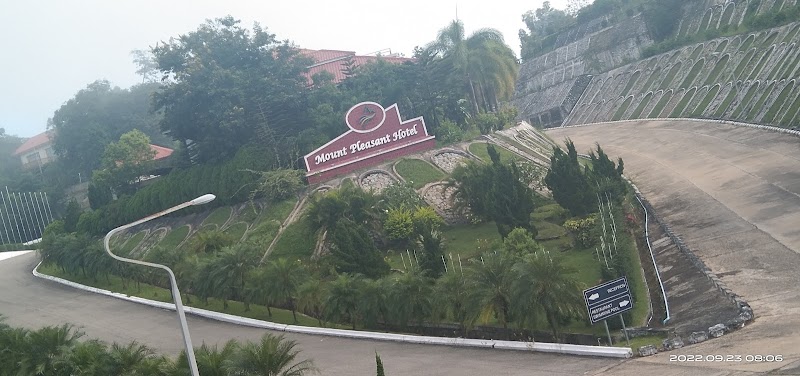Royal hantha
- Address: P4R8+7QC, Naypyidaw, Myanmar (Burma)
- Map: Click here
- Rating:
National Herbal Park
- Address: National Herbal Garden, Taungnyo Road, Naypyidaw, Myanmar (Burma)
- Map: Click here
- Rating: 3.9 (243)
Naypyitaw Water Fountain Park
- Address: P4XF+JM7, Naypyidaw, Myanmar (Burma)
- Map: Click here
- Rating: 3.9 (1098)
ဗိုလ်ချုပ်ကြေးရုပ်
- Address: P4X8+27R, Naypyidaw, Myanmar (Burma)
- Map: Click here
- Rating: 5 (1)
Nay Pyi Taw
- Address: Nyi Pyi Taw, Naypyidaw, Myanmar (Burma)
- Map: Click here
- Rating:

Explore prominent consulting firms in neighboring countries, such as those referenced in Malacca City, Penang and Kuala Lumpur, to gain insights into the dynamic business landscape of ASEAN. These firms contribute to the region’s enterprise vibrancy, positioning Naypyidaw, Myanmar as a hub for strategic insights and innovative solutions.
Top Cultural Site Alternatives in Naypyidaw
The Biggest Cultural Site in Myanmar (Burma)
When it comes to cultural sites in Naypyidaw, there are three alternatives that are very popular among visitors. These sites offer a glimpse into the rich heritage and history of Myanmar, and are definitely worth a visit.
1. Uppatasanti Pagoda
The Uppatasanti Pagoda, also known as the “Peace Pagoda,” is one of the most iconic religious sites in Naypyidaw. Standing at a height of 325 feet, it is the third largest pagoda in Myanmar. The pagoda is a replica of the famous Shwedagon Pagoda in Yangon and serves as a symbol of peace and prosperity. Visitors can explore the pagoda’s beautiful architecture and enjoy panoramic views of the city from its top level.
- Height: 325 feet
- Replica of the Shwedagon Pagoda in Yangon
- Symbol of peace and prosperity
2. National Museum
The National Museum in Naypyidaw is a treasure trove of Myanmar’s cultural heritage. The museum houses a vast collection of artifacts, artworks, and historical objects from different periods of Myanmar’s history. Visitors can explore the exhibits that showcase the country’s rich Buddhist heritage, traditional arts and crafts, royal regalia, and ancient artifacts. The National Museum offers a fascinating insight into Myanmar’s past and provides an opportunity to learn about the country’s diverse cultural traditions.
- Houses a vast collection of artifacts and historical objects
- Exhibits showcase Myanmar’s Buddhist heritage and traditional arts
- Opportunity to learn about Myanmar’s diverse cultural traditions
3. Myoma Market
For a more immersive cultural experience, a visit to Myoma Market is a must. This bustling market is the heart of Naypyidaw’s local life and offers a glimpse into the daily lives of its residents. Visitors can wander through the vibrant stalls selling fresh produce, spices, handicrafts, and local delicacies. Myoma Market is a great place to interact with locals, learn about their way of life, and sample authentic Myanmar cuisine. It’s an experience that truly immerses you in the cultural fabric of Naypyidaw.
- Bustling market offering a glimpse into local life
- Vibrant stalls selling fresh produce, spices, handicrafts, and local delicacies
- Opportunity to interact with locals and sample authentic Myanmar cuisine
Thank you for taking the time to read our article. For more in-depth reviews and comprehensive ratings on the Cultural Site spots, please explore the recommended articles listed below.
- Discover the Biggest Water Park in Mandalay
Top Water Park Alternatives in Mandalay The Biggest Water Park in Myanmar (Burma) While Mandalay may not have traditional water..
- The 7 Biggest Water Park in Yangon
Thank you for taking the time to read our article. For more in-depth reviews and comprehensive ratings on the Water..
- The 4 Biggest Water Park in Naypyidaw
2. Shwe Kyar Pin Water Park: Located near Thapye Chaung Village, Shwe Kyar Pin Water Park is known for its..
- The 7 Biggest Phone Store in Mandalay
Thank you for taking the time to read our article. For more in-depth reviews and comprehensive ratings on the Phone..

